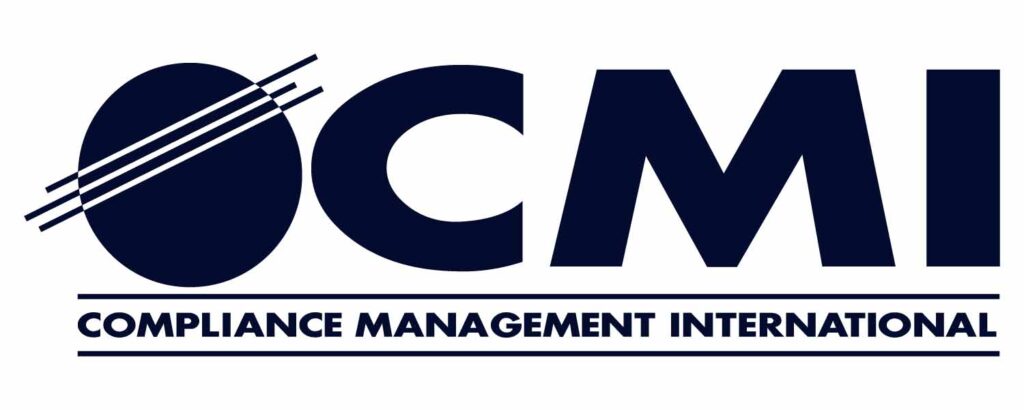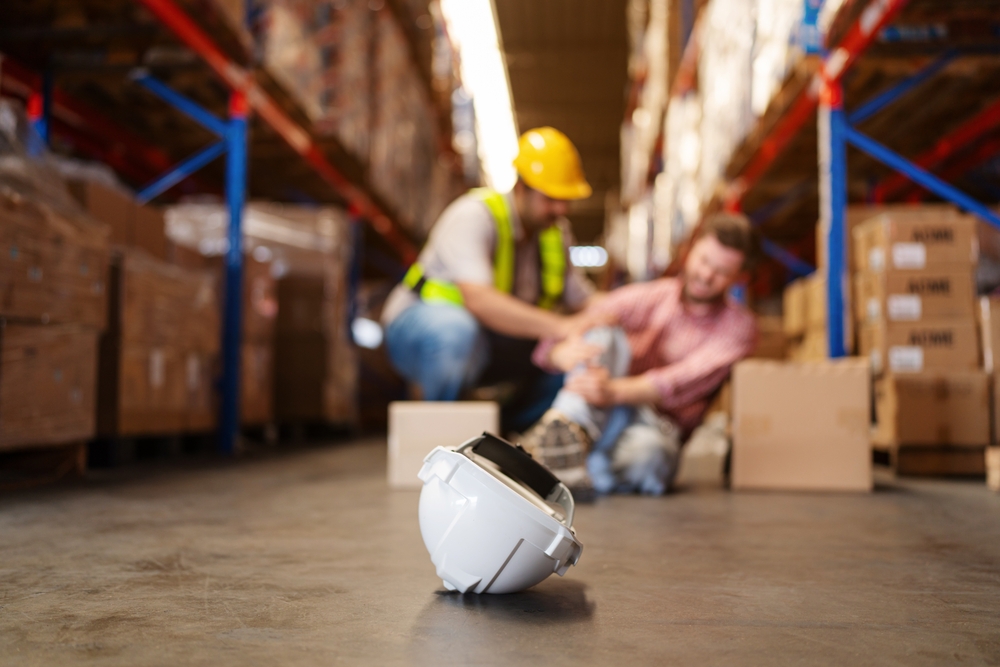
June is National Safety Month and we would like to remind everyone to focus your safety initiatives this year on Safety Engagement, Roadway Safety, Risk Reduction and Slip, Trip and Fall Prevention.
Safety Engagement:
Complacency affects every workplace and employee to different degrees. It often shows up as a feeling of security that leads to a lack of awareness of your surroundings. Though you might think you are immune, it can be as simple as letting your guard down, losing focus or not looking for hazards. No one knows you better than yourself, but complacency can mean you don’t see the dangers right in front of you. To stay safe, you must learn to spot the signs of complacency in yourself:
- Dissatisfaction with your work and/or lack of motivation
- Missing steps in work processes
- Frequent near-misses or incidents
If complacency is a rut which many workers fall into, then employee engagement can be the key to getting them out of it. Simple steps to regain focus and invest in safety can reduce everyone’s risks:
- Set yourself up for success at work by consciously focusing on your tasks
- Recognize and dismiss distractions when they come up
- Look for improvements in your routine or the way you approach your tasks
- If possible, consider changing some elements of your schedule for the day; the change could help you focus and keep you from falling into “auto-pilot” mode
Roadway Safety:
Highway work zone sites can be a challenge to drivers. Navigate with courtesy and caution. There are many things to consider when driving in work zones:
- Workers and construction activities may encroach into driving lanes
- Most states have move over laws for emergency and hazard vehicles – you must move over or slow down and give them space
- Hazards may be present even when no construction activity is underway; look for large edge drop-offs, rough pavement, sharp turns and misleading old pavement markings
- Construction vehicles will enter and leave construction zones at low speeds and unexpected places
Blind spots are areas all around a truck where collisions with other vehicles are more likely to occur because the truck cannot see your vehicle.
- When following a tractor-trailer, develop the habit of following at a distance that allows you to see both of the outside mirrors – if you cannot see both outside mirrors, the driver cannot see you
- When passing a larger vehicle, do not cut back in without first being able to see the front tires of the truck on the pavement in your inside rearview mirror
- Larger vehicles need more room to make turns – if the vehicle is signaling a right turn, stay behind it, away from the curbside, until the turn is completed
- The larger the vehicle and the higher the speed, the longer it takes for it to stop
As drivers, we are responsible for our roadway community by learning and making a commitment to drive safely and defensively to reduce traffic collisions and violations.
Risk Reduction:
Hazards are all around us at work and home, and the threats can take many different forms.
- A cord stretched over a walkway
- A repetitive process
- A worksite that is too cold
- A burned out lightbulb on an outside path
A hazard is defined as any existing or potential condition that, by itself or by interacting with other variables, can result in death, injury, property damage or other loss. That’s why it is so important for all of us to always be on the lookout. If we can identify hazards early, employers can address them and prevent injury and illness. Working together, we can be one of our best defenses. Hazard reporting should be a critical part of every safety program. Whether it’s telling your supervisor, maintenance team, safety committee or sharing in a designated reporting system, it’s best to report hazards as soon as they are noticed. Don’t assume that someone else has seen and reported it already, even if it seems obvious to you. It’s better to have multiple reports on the same hazard than none at all.
Preventing Slips, Trips and Falls:
According to Injury Facts®, falls to the same level are a leading cause of preventable workplace injuries causing time away from work. While walking seems like a simple task, it’s been a leading cause of workplace injury for many years. We need to watch out for all of the hazards tied to walking just as we would any other part of our jobs that poses a safety risk. Distraction can take many forms. It could include:
- Reading a text, memo or any kind of written material while walking. If you need to read something on the go, step to the side with your back to a wall and finish reading before you start to move again.
- Having an intense conversation, either on the phone or with another person next to you. Even wearing headphones can be distracting. Always stay vigilant and watch where you are going. You need to be able to see changes in elevation, cracks or holes in flooring, and other hazards.
- Rushing too fast, especially in high traffic areas and around corners. Slow down and anticipate that other people might come into your path.
- Carrying too much in your hands. Don’t let packages or boxes impede your view. It’s good to have your hands free to help brace yourself should you start to slip, trip or fall. You should also always have one hand on a handrail when traveling on the stairs.
Remember proper footwear is also essential to prevent slips, trips and falls. Use appropriate footwear for the task at hand.
Written by: Michael Humes
Questions? Contact us



